
- Shandong Microwave Machinery Co.,Ltd.
- To be the Leader of microwave drying and edible oil refining equipments Manufacturer
Home> Company News> Microwave Drying Characteristics and Mathematical Model of Salt Baked Chicken
- AddressNo. 225, Huangqiao Village, Beiyuan, Tianqiao District, Jinan, Shandong, China
- Factory AddressNo. 225, Huangqiao Village, Beiyuan, Tianqiao District, Jinan, Shandong, China
- Phone(Working Time)+86 0531 85064681
- Phone(Nonworking Time)0086-15020017267
- Fax+ 86 0531 85064682
Microwave Drying Characteristics and Mathematical Model of Salt Baked Chicken
2019-01-08 14:41:50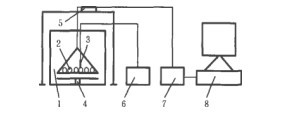
Absrtact: In order to study the law of moisture change in microwave drying equipment for salt-baked chicken, the drying water ratio and temperature change of salt-baked chicken under different microwave power were measured, and the model was fitted with 10 kinds of drying mathematical models commonly used at home and abroad. The model was evaluated by correlation coefficient (R2), root mean square error and chi-square (2), so as to determine the fitness of the model. The best drying model. The results showed that Wang and Singh model could well reflect the microwave drying law of salted chicken.
Key words: microwave drying salt-baked chicken; drying characteristics; drying model
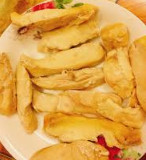
Salt-baked chicken is a traditional delicacy originating in Dongjiang area of Guangdong Province. The salt-baked chicken made by the ancient method becomes crisp, smooth and bony under the combined action of salt and temperature, and its meat quality is relatively dry. However, the improved water-baking method and steam-baking method retain the inherent taste of salt-baked chicken, but because the moisture content is higher than the traditional method, the taste is slightly different.
The traditional hot air drying method is from outside to inside. For salted chicken, which is a big material, the skin is easy to harden after heating, and the resistance of internal moisture transfer is increased. The drying effect and quality are not ideal. For microwave drying, there is no need to worry about uneven drying inside and outside due to overheating of material surface.
In the process of microwave drying of materials, microwave can penetrate into the interior of materials, promote the violent movement of polarized water molecules, cause the collision and friction of molecules, generate heat from the interior, and the interior moisture will quickly migrate to the surface of materials in the form of steam, resulting in a lower surface temperature than the interior temperature.
Microwave has the advantages of fast drying speed, good product quality, energy saving and environmental protection, and is widely used in industrial production. Wang Lei and others used microwave drying to optimize the traditional beef drying, which improved the quality of products and shortened the drying time. In this experiment, microwave was used to dry salt-baked chicken, and its microwave drying characteristics were studied. Through the establishment of drying mathematical model, the moisture change during the drying process of salt-baked chicken was explored, which provided basic data for future industrial production.
Microwave power has a great influence on the wet-base moisture content of salt-baked chicken during microwave drying. The higher the power is, the less time it takes to reach the same wet-base moisture content. During the process of microwave drying, the wet-base moisture content of salt-baked chicken decreases from 70.3% to 58%, the drying rate generally shows a rising trend. The higher the microwave power is, the faster the temperature of salt-baked chicken rises, and the higher the microwave power is, the faster the temperature of salt-baked chicken rises. Under 40 W drying conditions, the temperature of salt-baked chickens remained unchanged at 98 C.
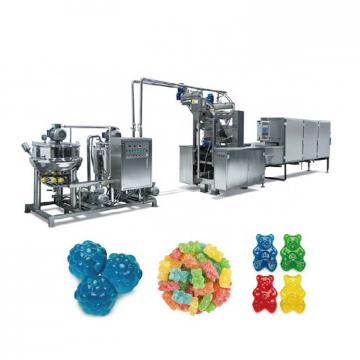 High efficiency food beverage factory stone paper production line
High efficiency food beverage factory stone paper production line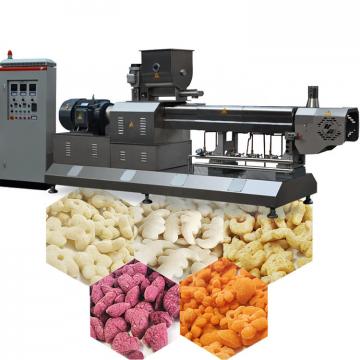 Factory price Fully automatic Machine PP/PS Plastic Sheet Production Line
Factory price Fully automatic Machine PP/PS Plastic Sheet Production Line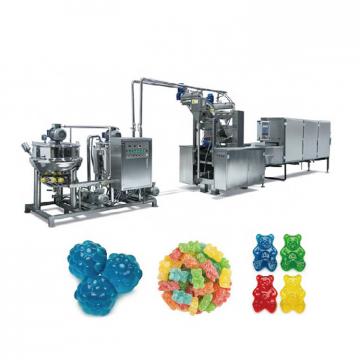 used deformered bar rolling mill production line
used deformered bar rolling mill production line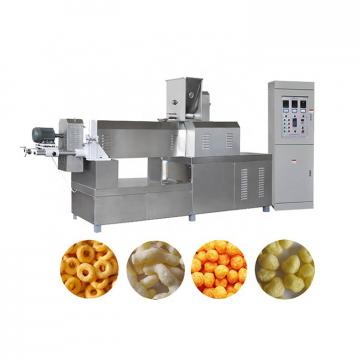 Manufacturing plant automatic factory puffed sticky rice cracker production line
Manufacturing plant automatic factory puffed sticky rice cracker production line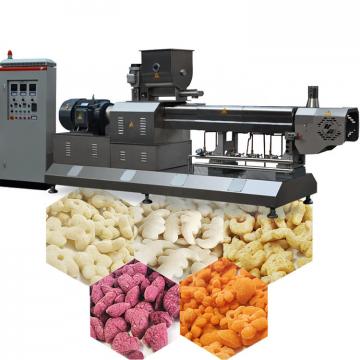 Production Line Pp Ppr Plastic Pipe Making Machine 20-63mm Multi-layer Extrusion Production Line For Water Supply
Production Line Pp Ppr Plastic Pipe Making Machine 20-63mm Multi-layer Extrusion Production Line For Water Supply